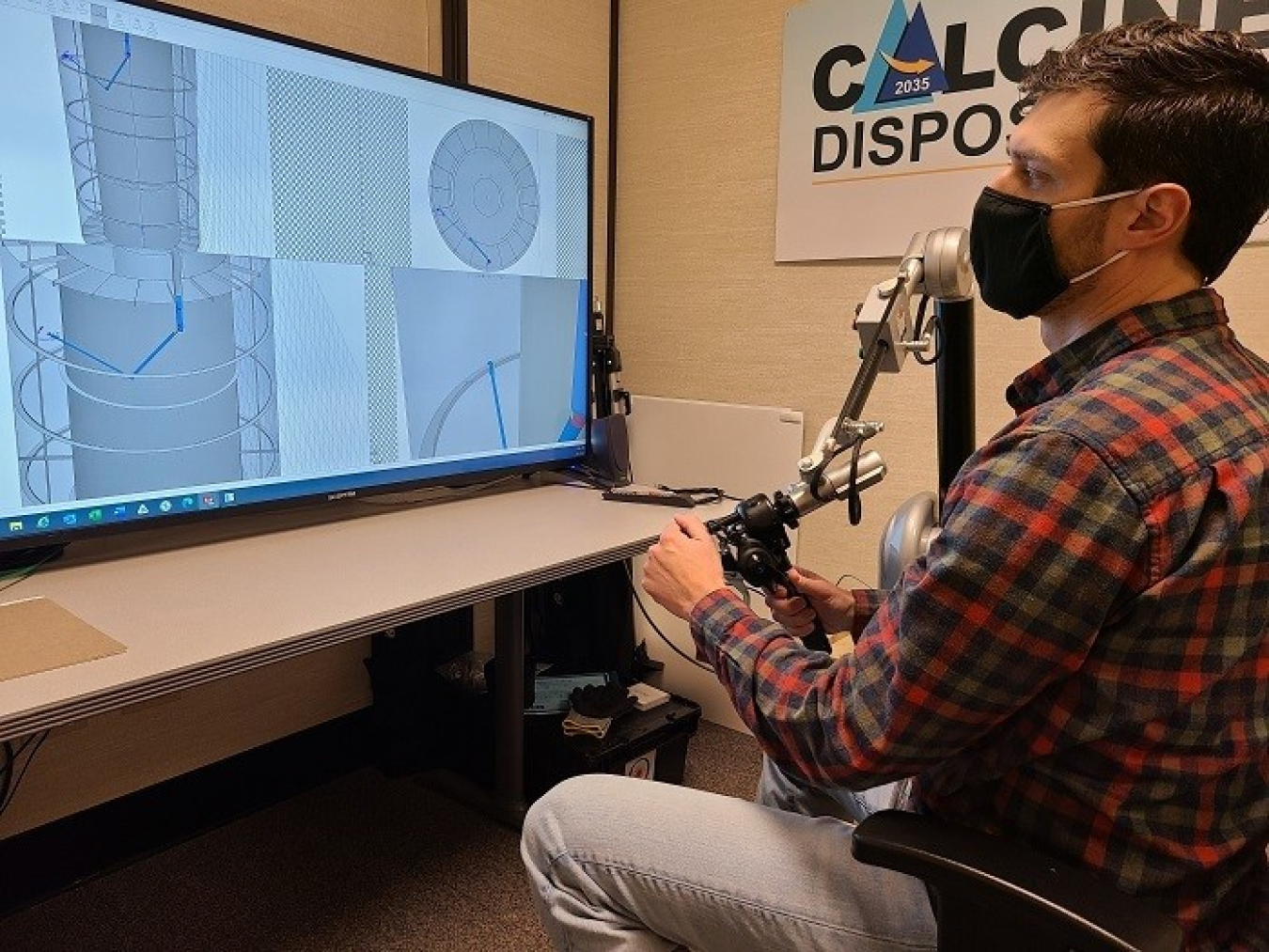A year ago, EM and the rest of the complex participated in the annual Waste Management Symposia in person. Nobody foresaw that would be the last in-person meeting they would have due to COVID.
Office of Environmental Management
March 17, 2021
A year ago, EM and the rest of the complex participated in the annual Waste Management Symposia in person. Nobody foresaw that would be the last in-person meeting they would have due to COVID.
That was just one of the observations EM leaders shared at a “COVID-19 Impacts, Lessons Learned and Future Challenges” panel discussion at this year’s Waste Management Symposia, which was held virtually last week because of the global pandemic.
Within days of last year’s event, EM shifted to a maximum telework posture as part of the federal government’s response to the pandemic. Since then, the global pandemic has taken an extraordinary toll throughout the world. There have been more than 29 million cases and more than 530,000 deaths in the U.S. alone.
Despite the pandemic, EM has continued its cleanup mission, in part because of an extraordinary collaboration between organizations within DOE, said Todd Shrader, Principal Deputy Assistant Secretary for EM, who began his remarks during the panel by discussing the structure of DOE’s COVID response.
“Communication has really been key,” Shrader said. “In fact, over the last year I’ve never seen the Department work better as a whole than we are now.”
One of the key pieces to keeping EM operating effectively, Shrader noted, has been the DOE COVID-19 Coordination Team that includes members from organizations across DOE, including EM.
“That team has really worked hard to coordinate our responses across the Department to ensure we are sending consistent messages, both to our workforce and partnering with our contractors,” he said.
Shrader also discussed the DOE COVID-19 Workplace Safety Plan, which was released in early March, along with a recent safety pause EM and DOE as a whole implemented across the complex to review and reinforce work precautions.
“We have a very sophisticated and intelligent workforce, so it’s important that we not only talk to them about what we are doing, but why we are doing it,” Shrader said.
Oak Ridge Office of Environmental Management (OREM) Manager Jay Mullis provided a field perspective, including on the vaccine rollout and encouraging employees to take the vaccine.
“Overall, Tennessee is doing a very good job about distributing the vaccine that they do have," Mullis said.
Knowing that many people are worried about side effects from the vaccine, Mullis said he and other leaders shared their own experience with side effects from the vaccine with employees during an OREM safety pause.
“The more we can get folks to take it, I think the better off we’ll be," Mullis said. “We can’t force them, of course, but we can highly encourage them.”
Besides Shrader and Mullis, other panel members included Jim McConnell, Associate Administrator for Safety, Infrastructure and Operations for the National Nuclear Security Administration; Nathan Martin, Director of the DOE Office of Enterprise Assessments; Mark Whitney, President of the Amentum Nuclear & Environment Strategic Business Unit; Karen Wiemelt, Director of Jacobs Engineering Group Inc.; Sandra Fairchild, Project Services and Support Director for Savannah River Remediation; and Kelly Beierschmitt, Deputy Director of Operations of Los Alamos National Laboratory.
Several panel members reflected on recent hopeful developments, such as COVID-19 vaccines now available in increasing numbers. But maintaining vigilance is crucial.
“Things are getting better,” Shrader said. “COVID fatigue has set in, mindsets are moving toward a more hopeful stance. But the fact is people are still dying and this is still a real risk to our workforce.”
EM must stay focused on our COVID safety controls, he added.

